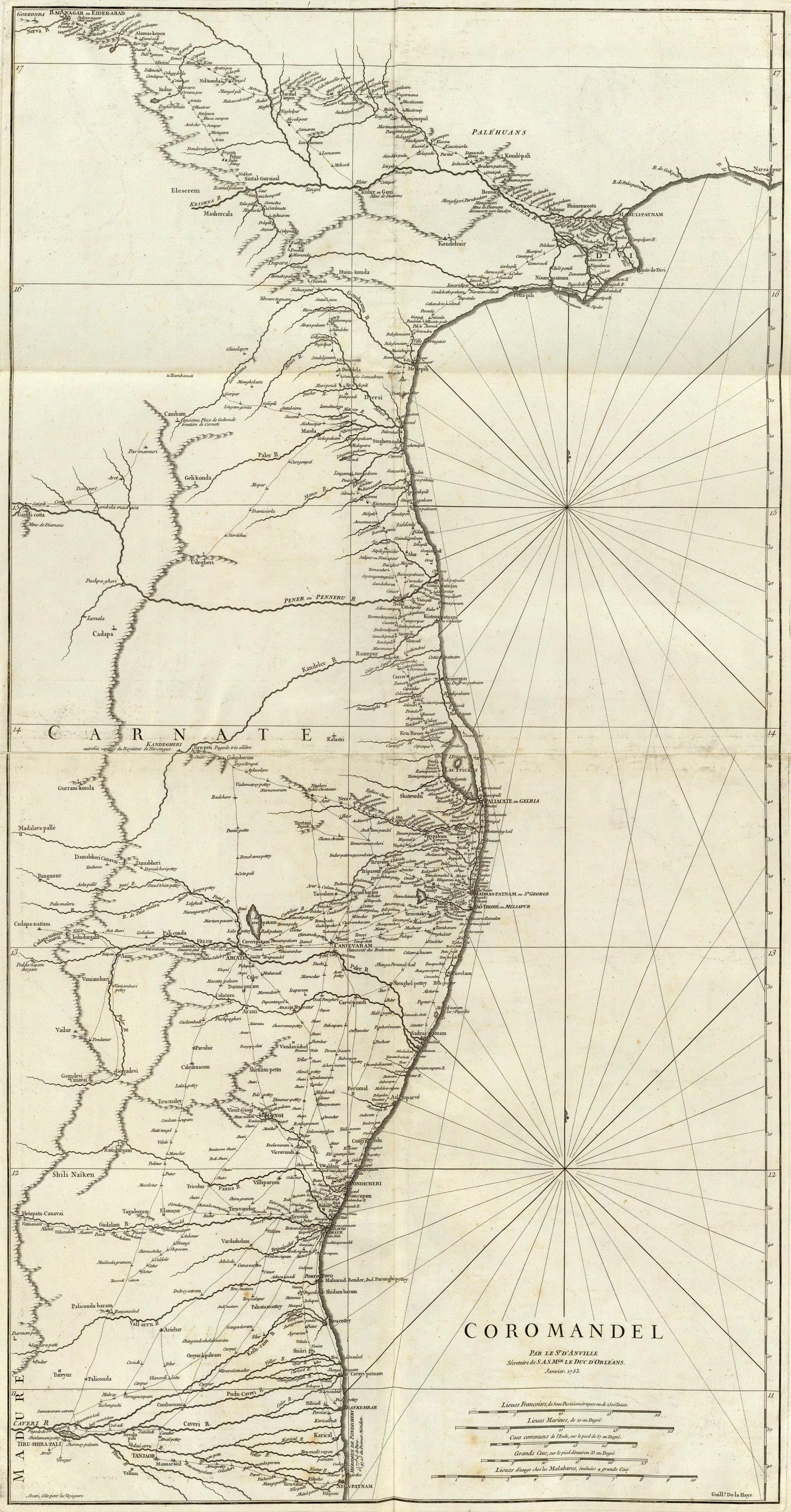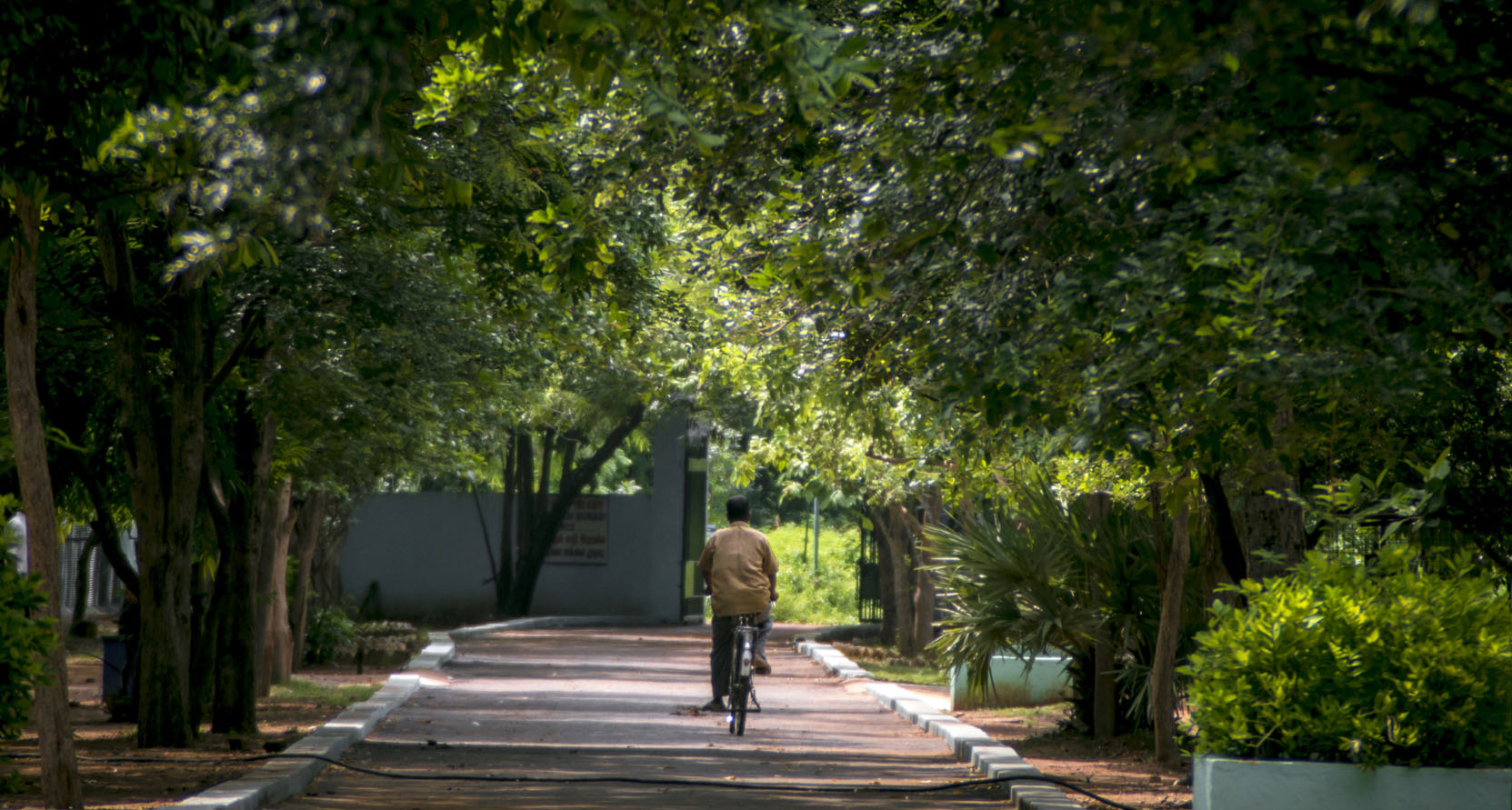|
Pulicat Lake Bird Sanctuary
Pulicat Lake Bird Sanctuary is a sanctuary for birds, 759 km2 in area, located in the Tirupati district of Andhra Pradesh and a protected area of the Thiruvallur District of Tamil Nadu, India. Pulicat Lake is the second largest brackish-water eco-system in India after Chilka lake in Orissa. The sanctuary's international name is Pulicat Lake Wildlife Sanctuary ( IBA Code: IN261, Criteria: A1, A4iii). Geography Central location is: . 327.33 km2 is managed by the Andhra Pradesh Forest Department and 153.67 km2 is managed by the Tamil Nadu Forest Department. 108 km2 is a National Park area. Rainfall ranges from 800–2000 mm. Temperature varies from 14°C to 33°C. Altitude ranges from 100’ above mean sea level to 1200’ above mean sea level. Fauna The sanctuary has many greater flamingos.Tamil Nadu Forest Department retrieved 9/9/200Pulicat Lake Bird SanctuaryBird Forum,Pulicat Lake (Andhra Pradesh)(2008) It also attracts many migratory birds a ... [...More Info...] [...Related Items...] OR: [Wikipedia] [Google] [Baidu] |
Tamil Nadu Forest Department
The Madras Forest Department, now officially, Tamil Nadu Forest Department, is a government department of Tamil Nadu. The department is responsible for managing all the protected areas and forests plus environmental and wildlife related issues of Tamil Nadu state in South India. The objective of the Tamil Nadu Forest Department is to conserve biodiversity and eco-systems of forests and wilderness areas to ensure water security and food security of the state. The Principal Chief Conservator of Forests, Head of Forest Force (HoFF) is the head of the Tamil Nadu Forest Department. The Chief Wildlife Warden, five Additional Principal Chief Conservators of Forests and eight Chief Conservator of Forests function under the PCCF in the head office at ''Panagal Maaligai'' (pictured), Saidapet, Chennai. All the Chief Conservators of Forests are assisted by the Conservators of Forests and Deputy Conservator of Forests who have regional and specialised responsibilities. All officials ... [...More Info...] [...Related Items...] OR: [Wikipedia] [Google] [Baidu] |
Coromandel Coast
The Coromandel Coast is the southeastern coastal region of the Indian subcontinent, bounded by the Utkal Plains to the north, the Bay of Bengal to the east, the Kaveri delta to the south, and the Eastern Ghats to the west, extending over an area of about 22,800 square kilometres. The coast has an average elevation of 80 metres and is backed by the Eastern Ghats, a chain of low lying and flat-topped hills. In historical Muslim sources from the 12th century onward, the Coromandel Coast was called Maʿbar. Etymology The land of the Chola dynasty was called ''Cholamandalam'' (சோழ மண்டலம்) in Tamil, translated as ''The realm of the Cholas'', from which the Portuguese derived the name ''Coromandel''.''The Land of the Tamulians and Its Missions'', by Eduard Raimund Baierlein, James Dunning BakerSouth Indian Coins – Page 61 by T. Desikachari – Coins, Indic – 1984Indian History – Page 112''Annals of Oriental Research'' – Page 1 by University of Madras � ... [...More Info...] [...Related Items...] OR: [Wikipedia] [Google] [Baidu] |
Bird Sanctuaries Of Tamil Nadu
Birds are a group of warm-blooded vertebrates constituting the class Aves (), characterised by feathers, toothless beaked jaws, the laying of hard-shelled eggs, a high metabolic rate, a four-chambered heart, and a strong yet lightweight skeleton. Birds live worldwide and range in size from the bee hummingbird to the ostrich. There are about ten thousand living species, more than half of which are passerine, or "perching" birds. Birds have whose development varies according to species; the only known groups without wings are the extinct moa and elephant birds. Wings, which are modified forelimbs, gave birds the ability to fly, although further evolution has led to the loss of flight in some birds, including ratites, penguins, and diverse endemic island species. The digestive and respiratory systems of birds are also uniquely adapted for flight. Some bird species of aquatic environments, particularly seabirds and some waterbirds, have further evolved for swimming. Birds ... [...More Info...] [...Related Items...] OR: [Wikipedia] [Google] [Baidu] |
Bird Sanctuaries Of Andhra Pradesh
Birds are a group of warm-blooded vertebrates constituting the class (biology), class Aves (), characterised by feathers, toothless beaked jaws, the Oviparity, laying of Eggshell, hard-shelled eggs, a high Metabolism, metabolic rate, a four-chambered heart, and a strong yet lightweight Bird skeleton, skeleton. Birds live worldwide and range in size from the bee hummingbird to the Common ostrich, ostrich. There are about ten thousand living species, more than half of which are passerine, or "perching" birds. Birds have whose development varies according to species; the only known groups without wings are the extinct moa and elephant birds. Wings, which are modified forelimbs, gave birds the ability to fly, although further evolution has led to the Flightless bird, loss of flight in some birds, including ratites, penguins, and diverse endemism, endemic island species. The digestive and respiratory systems of birds are also uniquely adapted for flight. Some bird species of a ... [...More Info...] [...Related Items...] OR: [Wikipedia] [Google] [Baidu] |
Guindy National Park
Guindy National Park is a protected area of Tamil Nadu, located in Chennai, India, is the 8th-smallest National Park of India and one of the very few national parks situated inside a city. The park is an extension of the grounds surrounding Raj Bhavan, formerly known as the 'Guindy Lodge', the official residence of the governor of Tamil Nadu, India. It extends deep inside the governor's estate, enclosing beautiful forests, scrub lands, lakes and streams. The park has a role in both ex-situ and in-situ conservation and is home to 400 blackbucks, 2,000 spotted deers, 24 jackals, a wide variety of snakes, geckos, tortoises and over 130 species of birds, 14 species of mammals, over 60 species of butterflies and spiders each, a wealth of different invertebrates—grasshoppers, ants, termites, crabs, snails, slugs, scorpions, mites, earthworms, millipedes, and the like. These are free-ranging fauna and live with the minimal of interference from human beings. The only major manage ... [...More Info...] [...Related Items...] OR: [Wikipedia] [Google] [Baidu] |
Vedanthangal Bird Sanctuary
Vedanthangal Bird Sanctuary is a protected area located in the Madurantakam taluk of the Chengalpattu District in the state of Tamil Nadu, India. The sanctuary is about from Chennai on National Highway 45 ( H45. It is easily reachable from Madurantakam and Chengalpattu. More than 40,000 birds (including 26 rare species), from various parts of the world visit the sanctuary during the migratory season every year. Vedanthangal is home to migratory birds such as pintail, garganey, grey wagtail, blue-winged teal, common sandpiper and the like. It has been designated as a protected Ramsar site since 2022. Vedanthangal is the oldest water bird sanctuary in the country. Vedanthangal in Tamil language means 'hamlet of the hunter'. This area was a favourite hunting spot of the local landlords in the early 18th century. The region attracted a variety of birds because it was dotted with small lakes that acted as feeding grounds for the birds. Realising its ornithological importance ... [...More Info...] [...Related Items...] OR: [Wikipedia] [Google] [Baidu] |
Bird Sanctuaries Of India
Bird sanctuaries are nature facilities that advocate the conservation of various species of birds and their natural habitats while promoting rehabilitation and survival List of bird sanctuaries of India References {{reflist ... [...More Info...] [...Related Items...] OR: [Wikipedia] [Google] [Baidu] |
Silt
Silt is granular material of a size between sand and clay and composed mostly of broken grains of quartz. Silt may occur as a soil (often mixed with sand or clay) or as sediment mixed in suspension with water. Silt usually has a floury feel when dry, and lacks plasticity when wet. Silt also can be felt by the tongue as granular when placed on the front teeth (even when mixed with clay particles). Silt is a common material, making up 45% of average modern mud. It is found in many river deltas and as wind-deposited accumulations, particularly in central Asia, north China, and North America. It is produced in both very hot climates (through such processes as collisions of quartz grains in dust storms) and very cold climates (through such processes as glacial grinding of quartz grains.) Loess is soil rich in silt which makes up some of the most fertile agricultural land on Earth. However, silt is very vulnerable to erosion, and it has poor mechanical properties, making constr ... [...More Info...] [...Related Items...] OR: [Wikipedia] [Google] [Baidu] |
Biodiversity
Biodiversity or biological diversity is the variety and variability of life on Earth. Biodiversity is a measure of variation at the genetic (''genetic variability''), species (''species diversity''), and ecosystem (''ecosystem diversity'') level. Biodiversity is not distributed evenly on Earth; it is usually greater in the tropics as a result of the warm climate and high primary productivity in the region near the equator. Tropical forest ecosystems cover less than 10% of earth's surface and contain about 90% of the world's species. Marine biodiversity is usually higher along coasts in the Western Pacific, where sea surface temperature is highest, and in the mid-latitudinal band in all oceans. There are latitudinal gradients in species diversity. Biodiversity generally tends to cluster in hotspots, and has been increasing through time, but will be likely to slow in the future as a primary result of deforestation. It encompasses the evolutionary, ecological, and cultural ... [...More Info...] [...Related Items...] OR: [Wikipedia] [Google] [Baidu] |
Storks
Storks are large, long-legged, long-necked wading birds with long, stout bills. They belong to the family called Ciconiidae, and make up the order Ciconiiformes . Ciconiiformes previously included a number of other families, such as herons and ibises, but those families have been moved to other orders. Storks dwell in many regions and tend to live in drier habitats than the closely related herons, spoonbills and ibises; they also lack the powder down that those groups use to clean off fish slime. Bill-clattering is an important mode of communication at the nest. Many species are migratory. Most storks eat frogs, fish, insects, earthworms, small birds and small mammals. There are 19 living species of storks in six genera. Various terms are used to refer to groups of storks, two frequently used ones being a ''muster'' of storks and a ''phalanx'' of storks. Storks tend to use soaring, gliding flight, which conserves energy. Soaring requires thermal air currents. Ottomar An ... [...More Info...] [...Related Items...] OR: [Wikipedia] [Google] [Baidu] |
Pelicans
Pelicans (genus ''Pelecanus'') are a genus of large water birds that make up the family Pelecanidae. They are characterized by a long beak and a large throat pouch used for catching prey and draining water from the scooped-up contents before swallowing. They have predominantly pale plumage, except for the brown and Peruvian pelicans. The bills, pouches, and bare facial skin of all pelicans become brightly coloured before the breeding season. The eight living pelican species have a patchy global distribution, ranging latitudinally from the tropics to the temperate zone, though they are absent from interior South America and from polar regions and the open ocean. Long thought to be related to frigatebirds, cormorants, tropicbirds, and gannets and boobies, pelicans instead are now known to be most closely related to the shoebill and hamerkop, and are placed in the order Pelecaniformes. Ibises, spoonbills, herons, and bitterns have been classified in the same order. Fossil evi ... [...More Info...] [...Related Items...] OR: [Wikipedia] [Google] [Baidu] |



.jpg)



_(12011503884).jpg)
